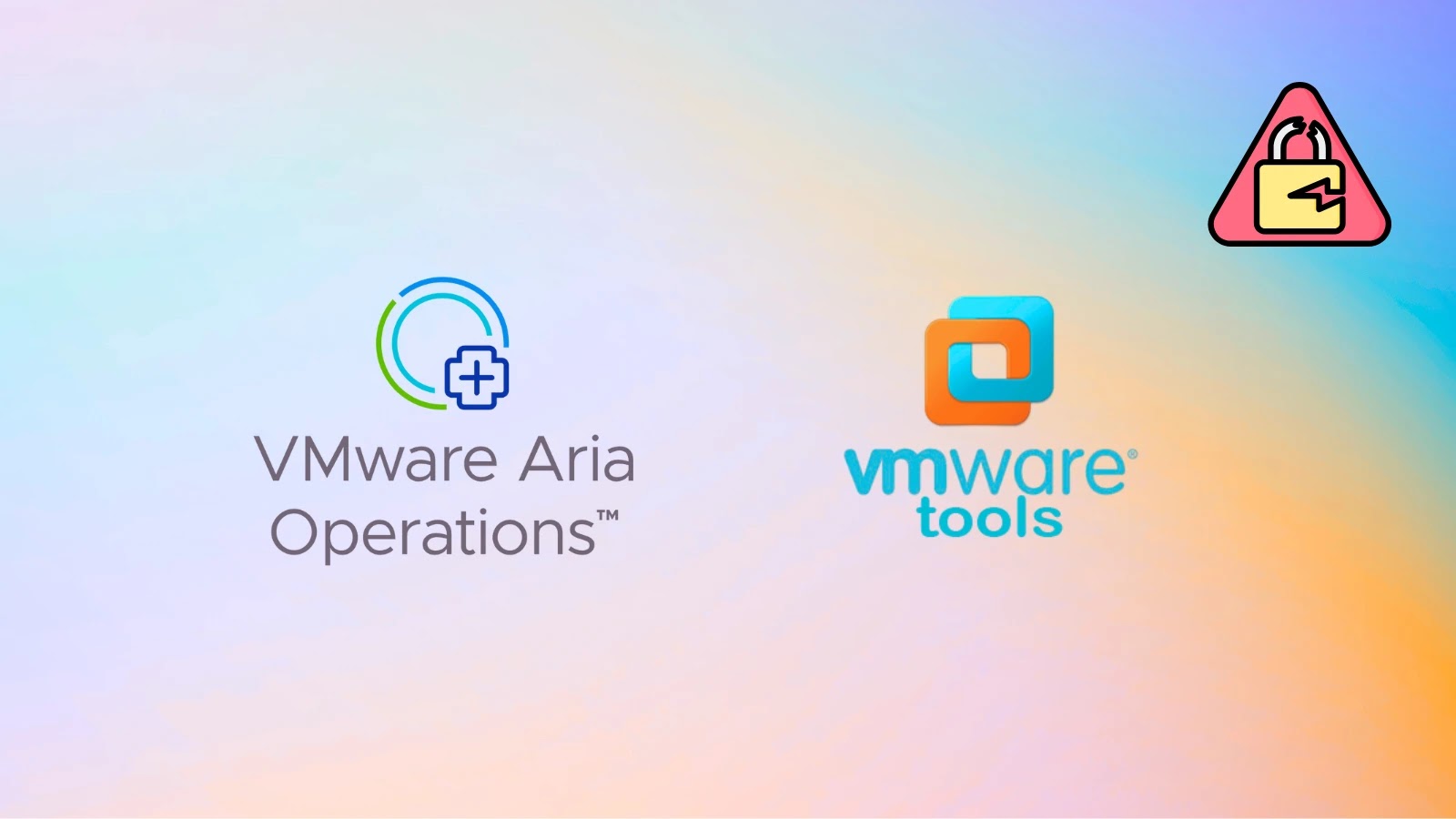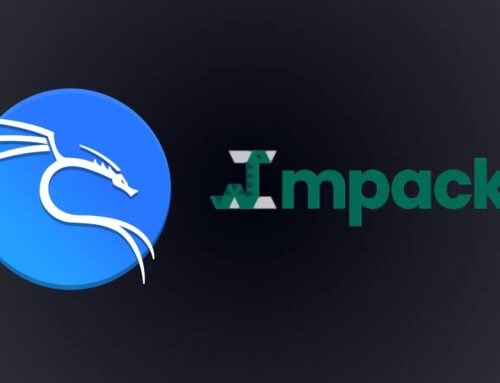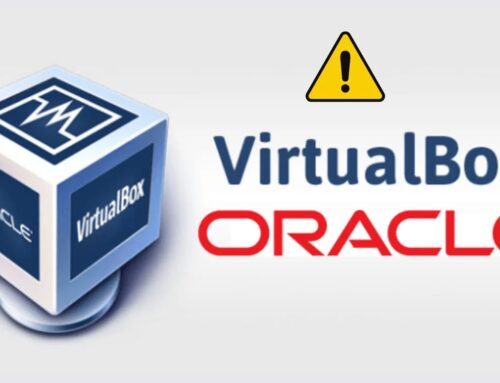
VMware Tools and Aria Operations Vulnerabilities Let Attackers Escalate Privileges to Root
In the evolving landscape of cybersecurity threats, enterprise software and infrastructure components are frequent targets. A recent advisory from VMware has highlighted critical vulnerabilities within several of its widely deployed products: VMware Tools, VMware Aria Operations, VMware Cloud Foundation, VMware Telco Cloud Platform, and VMware Telco Cloud Infrastructure. These high-severity flaws could allow attackers to escalate privileges to root, posing a significant risk to affected systems.
This post delves into the specifics of these vulnerabilities, their potential impact, and the essential steps administrators must take to secure their environments.
Understanding the Vulnerabilities: CVEs Explained
VMware’s advisory, issued on September 29, 2025, addresses three distinct high-severity vulnerabilities. These flaws, if exploited, could grant attackers elevated access, potentially leading to full system compromise.
- CVE-2025-41244: This vulnerability impacts VMware Aria Operations and other related products. While specific details of the exploit mechanism are often reserved, the high CVSSv3 base score of 7.8 indicates a serious privilege escalation risk.
- CVE-2025-41245: Also affecting a range of VMware products including VMware Tools, this vulnerability carries a CVSSv3 base score of 7.8. Its nature suggests an attacker could leverage it to transition from a lower-privileged user to a root user, gaining complete control over the compromised system.
- CVE-2025-41246: With a CVSSv3 base score of 4.9, this vulnerability is of medium severity but still merits attention. While lower than its counterparts, it could still be part of a multi-stage attack chain leading to a more significant compromise, particularly in the context of privilege escalation.
Impact on VMware Tools and Aria Operations
The core concern with these vulnerabilities is the potential for privilege escalation to root. In a Linux or Unix-like environment, the ‘root’ account has absolute control over the operating system, allowing an attacker to:
- Execute arbitrary code with the highest privileges.
- Install malware or backdoors.
- Modify system configurations.
- Access and exfiltrate sensitive data.
- Create new administrative accounts.
Given the widespread deployment of VMware Tools within virtual machines and the critical role of Aria Operations in monitoring and managing cloud environments, these vulnerabilities present a broad attack surface. A successful exploit could undermine the integrity and confidentiality of entire virtualized infrastructures.
Affected Products
The advisory highlights the following VMware products as impacted:
- VMware Tools
- VMware Aria Operations
- VMware Cloud Foundation
- VMware Telco Cloud Platform
- VMware Telco Cloud Infrastructure
Administrators of these platforms must prioritize the necessary updates to mitigate the risks.
Remediation Actions
Immediate action is crucial. VMware has released patched versions to address these vulnerabilities. Administrators are strongly advised to:
- Identify Affected Systems: Determine all instances of VMware Tools, VMware Aria Operations, VMware Cloud Foundation, VMware Telco Cloud Platform, and VMware Telco Cloud Infrastructure within your environment.
- Review VMware Advisory: Consult the official VMware security advisory for precise details on affected versions and the exact patches to apply. This typically includes build numbers and specific update packages.
- Apply Patches: Immediately apply the recommended patches and updates to all identified affected systems. Ensure a proper backup strategy is in place before initiating any update process.
- Monitor Systems: After patching, continue to monitor your systems for any unusual activity. Review logs, especially those related to authentication and privilege changes.
- Implement Least Privilege: Reinforce the principle of least privilege across your environment. Limit user and service account permissions to only what is absolutely necessary for their function.
-
Network Segmentation: Ensure appropriate network segmentation to limit the lateral movement of an attacker should a compromise occur on one segment.
Detection and Mitigation Tools
While direct patching is the primary remediation, certain tools can aid in detecting potential compromise or strengthening your security posture against such vulnerabilities.
| Tool Name | Purpose | Link |
|---|---|---|
| VMware Aria Operations (formerly vRealize Operations) | Comprehensive monitoring, performance management, and alerts for VMware environments. Can help detect anomalous behavior post-compromise. | https://www.vmware.com/products/aria-operations.html |
| vCenter Server Log Insight / VMware Aria Operations for Logs | Centralized log management for deep operational visibility and security analytics across VMware infrastructure. | https://www.vmware.com/products/aria-operations-for-logs.html |
| Endpoint Detection and Response (EDR) Solutions | Monitors endpoints for suspicious activity, detects threats, and enables rapid response. Crucial for detecting post-exploitation activity even after patching. | (Varies by vendor, e.g., CrowdStrike, SentinelOne, Microsoft Defender for Endpoint) |
| Vulnerability Scanners (e.g., Nessus, Qualys, OpenVAS) | Automated tools to identify known vulnerabilities in network devices, servers, and applications. Can help verify patch application. | (Varies by vendor) |
Key Takeaways
The recent VMware advisory underscores the ongoing need for vigilance in managing critical infrastructure components. The high-severity vulnerabilities in VMware Tools and Aria Operations, capable of allowing attackers to escalate privileges to root, demand immediate attention. Proactive patching, continuous monitoring, and adherence to security best practices are indispensable for safeguarding virtualized environments against sophisticated threats.





